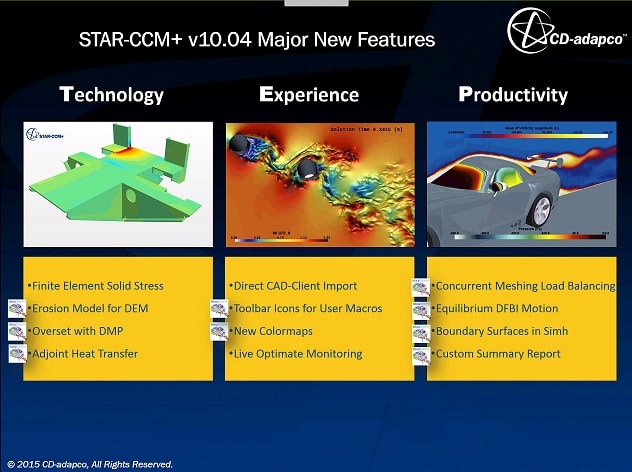IRSHADQUR
Structural
- Mar 6, 2013
- 27
Hello Everybody
Can somebody guide me to how to model the unbonded PT tensioning in a rocking wall. (Shown in Figure)
1) One of the problem that i am facing is that i cant use a truss member for this purpose (Error which says missing property definitions)
Using a beam member and allowing all the rotations does not help either. (Results shows curvature of the bar with bending rather than showing axial behavior).
2) Its a contact problem as shown in figure, i am wondering that which kind of contact i should use for this particular problem.
Now i am using surface to surface contact but the message file shows some weird messages like Max penetration error, solution did not cnverge withing permissible limits, discontinuous points and sometimes negative eigenvalues problem.
Thx in advance and kindly suggest me some way to handle this as i have just started using abaqus and does,nt know much abt it.
Regards
Irshad
Can somebody guide me to how to model the unbonded PT tensioning in a rocking wall. (Shown in Figure)
1) One of the problem that i am facing is that i cant use a truss member for this purpose (Error which says missing property definitions)
Using a beam member and allowing all the rotations does not help either. (Results shows curvature of the bar with bending rather than showing axial behavior).
2) Its a contact problem as shown in figure, i am wondering that which kind of contact i should use for this particular problem.
Now i am using surface to surface contact but the message file shows some weird messages like Max penetration error, solution did not cnverge withing permissible limits, discontinuous points and sometimes negative eigenvalues problem.
Thx in advance and kindly suggest me some way to handle this as i have just started using abaqus and does,nt know much abt it.
Regards
Irshad




